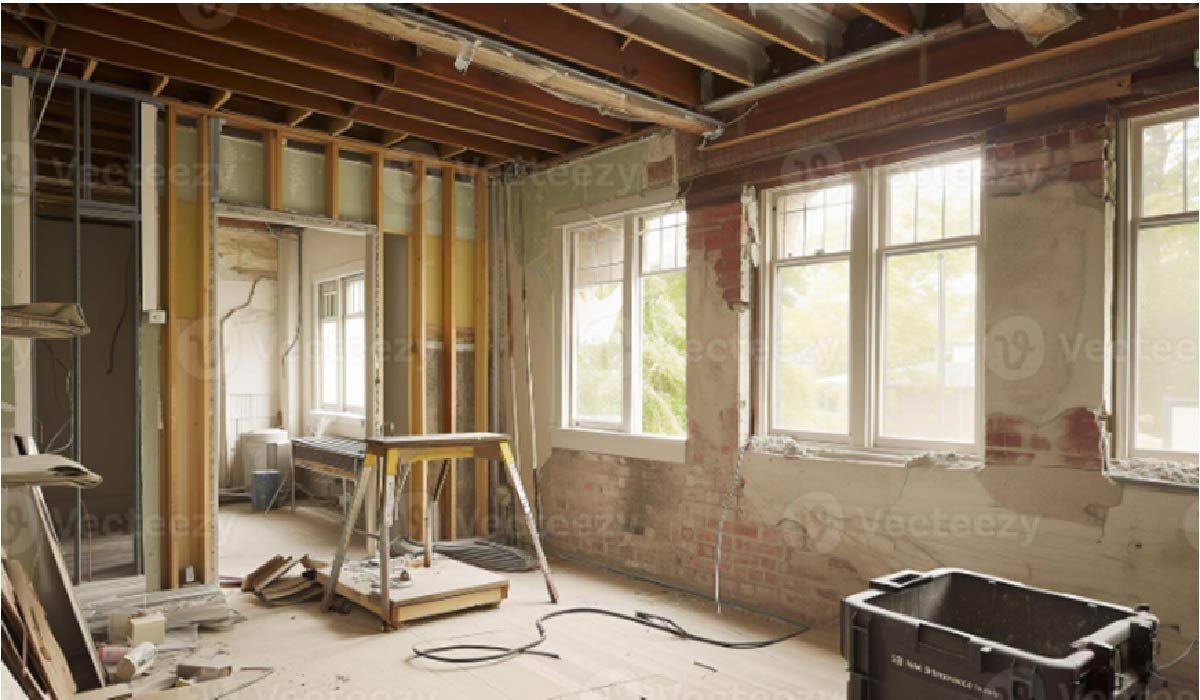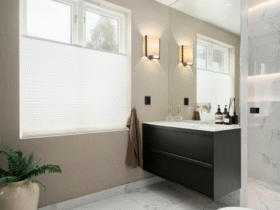When it comes to home infrastructure, the materials chosen can make the difference between a system that lasts decades and one that requires frequent repair. Nowhere is this more apparent than in wastewater management, where durability and reliability are non-negotiable. For homeowners, selecting the right type of system is about more than immediate function—it’s about making an investment in stability and safety for the long term.
Why Material Choice Matters
Wastewater systems endure constant pressure, both from within and from the surrounding soil. A tank buried underground must resist shifting ground, fluctuating groundwater levels, and the physical stress of being covered by heavy soil and, in some cases, vehicles. That means the choice of material is not simply a construction detail; it is central to the system’s longevity.
Systems made from weaker materials may offer lower upfront costs but often end up failing sooner. Leaks, cracks, or collapses can lead to serious environmental hazards and expensive repairs. Stronger, more durable materials reduce these risks and provide peace of mind for homeowners.
The Evolution of Wastewater Systems
Historically, systems were built using whatever was readily available—stone, wood, or makeshift containers. These makeshift solutions often failed quickly and caused contamination. As technology advanced, the industry moved toward more reliable options such as steel and plastic. While each material has its advantages, one has consistently proven its durability: concrete.
Concrete systems became the gold standard because of their ability to withstand heavy loads, resist soil pressure, and last for decades with proper maintenance. Their widespread adoption reflects the balance of affordability, strength, and availability.
The Benefits of Concrete Systems
Concrete offers several advantages that make it a preferred choice for homeowners and installers alike:
- Strength and Durability: Concrete is resistant to external pressure, meaning it is less likely to crack or shift over time.
- Longevity: A well-made concrete system can last 40 years or more.
- Environmental Protection: Because it is less prone to leaks, it provides better protection against groundwater contamination.
- Low Maintenance: Concrete systems typically require less frequent intervention compared to alternatives.
It’s no surprise, then, that concrete septic tanks remain one of the most popular options for homeowners seeking reliability.
Precast vs. Poured-in-Place
Not all concrete systems are identical. Two common types are poured-in-place and precast.
- Poured-in-Place: These are built on-site, customized to the property. While versatile, they are more labor-intensive and may vary in quality depending on conditions during construction.
- Precast: These are manufactured in controlled environments, ensuring consistency, strength, and quality. Once delivered, they are installed with far less on-site variability.
For many homeowners, precast options offer the best balance of reliability and efficiency.
Installation Considerations
Even the best materials cannot make up for poor installation. Proper site evaluation, soil testing, and professional handling are critical to ensuring the system functions correctly. Installing a concrete system requires heavy machinery, precise placement, and attention to detail to avoid cracks or misalignment.
Homeowners should always work with licensed professionals who understand regional conditions. The right expertise ensures not only compliance with local laws but also the long-term performance of the system.
Comparing Concrete with Alternatives
Concrete may be a leading choice, but it is not the only one. Other options include:
- Plastic: Lightweight and easy to install, but more prone to shifting or damage under pressure.
- Fiberglass: Resistant to corrosion and lightweight, but can be brittle and expensive.
- Steel: Once common, but now rarely used due to rust and shorter lifespans.
Each material has its place, but concrete remains a go-to solution for homeowners prioritizing strength and durability.
Maintenance and Longevity
A concrete system can last decades, but maintenance is still required. Routine pumping, inspections, and attention to household water usage habits keep it running smoothly. Signs of trouble—such as slow drains, odors, or standing water near the field—should never be ignored.
With regular care, a concrete system will not only protect the property but also maintain compliance with local health and environmental standards.
The Financial Perspective
While concrete systems may carry a higher initial cost compared to plastic, they often prove more cost-effective over time. Reduced risk of failure, fewer repairs, and a longer lifespan translate into savings. When viewed as a long-term investment, the durability of concrete more than justifies the expense.
Additionally, properties with durable systems are more attractive to buyers. A documented, well-maintained concrete system reassures potential buyers that they won’t face unexpected costs after purchasing the home.
Looking Ahead
As technology evolves, materials may continue to improve, but concrete remains a trusted choice for homeowners today. Its ability to endure pressure, resist leaks, and last for decades makes it one of the most reliable building blocks of modern property infrastructure.
For those planning new construction or upgrades, investing in a concrete system ensures not only compliance but also confidence in the safety and stability of the home for years to come.













